Overview
Map
Other Details
كنيسة مار أنطونيوس الكبير القديمة
Rmeilet Ech-Chouf
Chouf
Mount Lebanon
كنيسة مار أنطونيوس الكبير القديمة - الرميلةهي كنيسة بعقدٍ سريريٍّ وحنية واحدة، تعود للقرون الوسطى. بدايةً بنى هذا المكان المسلمون الشيعة، بدليل إتجاه البناء نحو الجنوب وليس الشرق، كما هي عادة الكنائس. في القرن الثامن عشر، وبعد معارك مع الدروز ترك الشيعة البلدة وأسكنوا الموارنة مكانهم، وأعطوهم البناء فحوّلوه إلى كنيسةٍ على اسم مار أنطونيوس الكبير. تعرّضت الكنيسة للتخريب خلال الحرب الأهليّة اللبنانيّة سنة ١٩٨٥، ورمّمت في تسعينيّات القرن العشرين.The church of St Anthony the Great - RmeilehThe church is a medieval crib vaulted structure. In the beginning, the building was built by the Chiites, for this reason it is oriented to the south and not to the east like other churches. In the XVIIIth century the Chiites left the village after their battles with the Druze. The Maronites came along and settled in and were given the old shrine that was converted into a church dedicated to St Anthony the Great. The church was severely sabotaged during the Lebanese civil war in 1985, and it was renovated a decade later.
Visited 5078 times, 1 Visit today



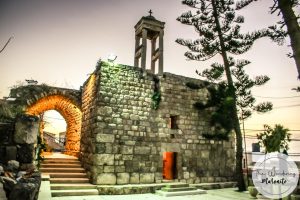
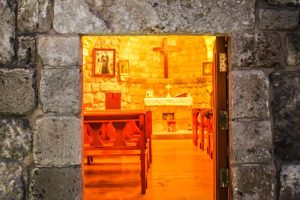
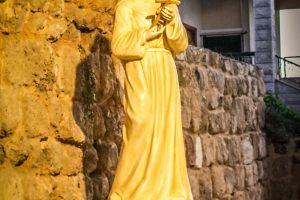
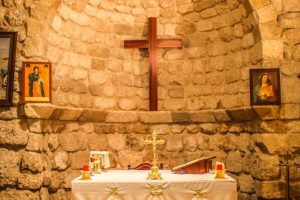
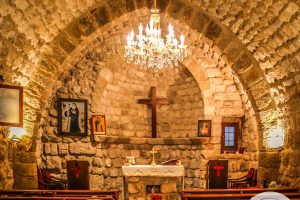
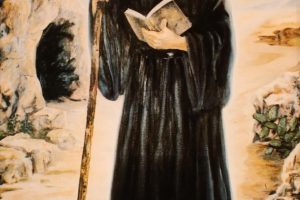






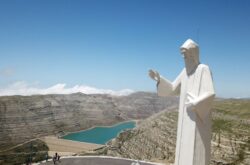
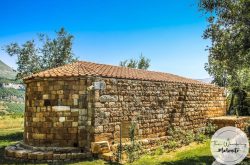

Reviews are disabled, but trackbacks and pingbacks are open.